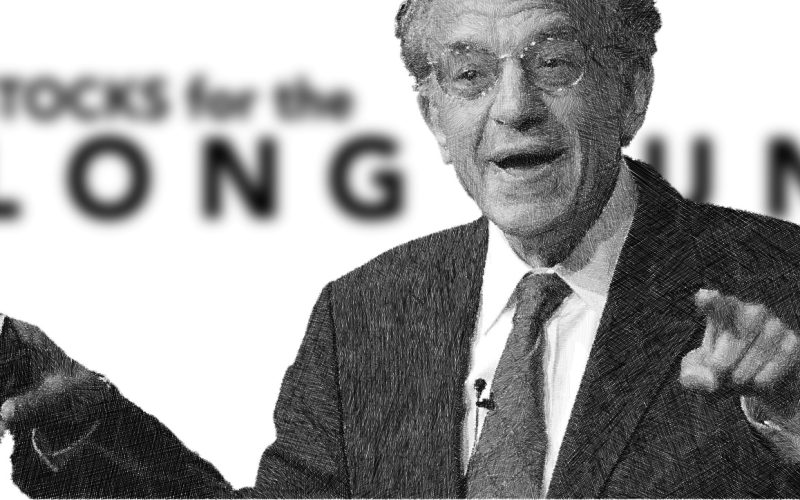by Professor Jeremy J. Siegel Senior Economist to WisdomTree and Emeritus Professor of Finance at The Wharton School of the University of Pennsylvania
Powell’s remarks in Jackson Hole were more dovish than I anticipated. Powell did not hedge; the clear direction of policy was lowering rates. The focus of the Federal Reserve’s (Fed's) narrative was shifting away from inflation risk to employment. While Powell commented that some of the increase in unemployment is due to increased labor supply, he also highlighted a clear softening in the labor market and that further weakening is not welcomed. In other words, he will not seek to use higher unemployment as a force to finish the job of getting inflation to 2%. This is a very important shift.
His talk didn't discuss the pace of the forthcoming rate cuts or the final goal. Currently, the Fed’s estimation of the (nominal) neutral rate is 2.8%, but there's an expectation that this will move somewhat higher in the upcoming September Summary of Economic Projections (SEP). I am certain that at the next meeting the Fed will finally be forced to discuss their endpoint—the natural rate, else how would they know how fast to reduce the Fed Funds Rate? As you all know, I believe the Fed should lower rates to 4% or less without delay to minimize recession risks. I have held the opinion that for over a year there has been no risk of a flareup of inflationary pressures.
On the economic front, recent data has been surprisingly robust. Jobless claims remain stable, and new home sales on Friday showed unexpected vigor, suggesting resilience in the U.S. economy. These and future indicators significantly influence the Fed's approach, hinting that while we may see rate reductions, the overarching economic landscape is currently stable.
As for the market's response, there was a noticeable tilt towards value, dividend-paying and smaller-cap stocks after his talk. This trend reflects a broader anticipation of decreasing interest rates, making bonds less attractive to stocks in comparison. It also suggests a potential shift in investor preference from high growth but volatile tech stocks, to more stocks paying good dividends, a realignment that could define the next phase of market behavior.
Looking ahead, key data points in the coming weeks will most certainly be the employment report, as that report will be crucial in determining the pace and scale of rate cuts. As always, the broader political and global landscape will play a role, with ongoing tensions in Eastern Europe and the Middle East adding some risk to the market and producing a good bid for bonds.
Powell did well at Jackson Hole. Let’s see if he follows up with a bold 50 basis point cut at September.
Copyright © WisdomTree















